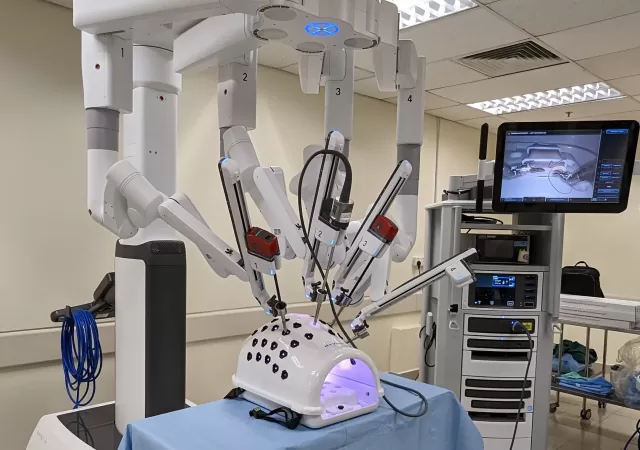Sunway Medical Centre commemorates a big milestone in robot-assisted surgeries, celebrating 1000 successful surgeries and its patients. Committed to being a leading smart hospital, SunMed advances further with the acquisition of the highly advanced, da Vinci Xi 4th Generation Surgical…
Sprinting to Bring Tech to Emergency Hospitals in Wuhan, China
Lenovo became one of the first responders in time of desperation and need in China at the height of the COVID-19 outbreak. They deployed their teams and donated IT infrastructure to the emergency Huoshenshan hospital in Wuhan that was built in 10 days.




